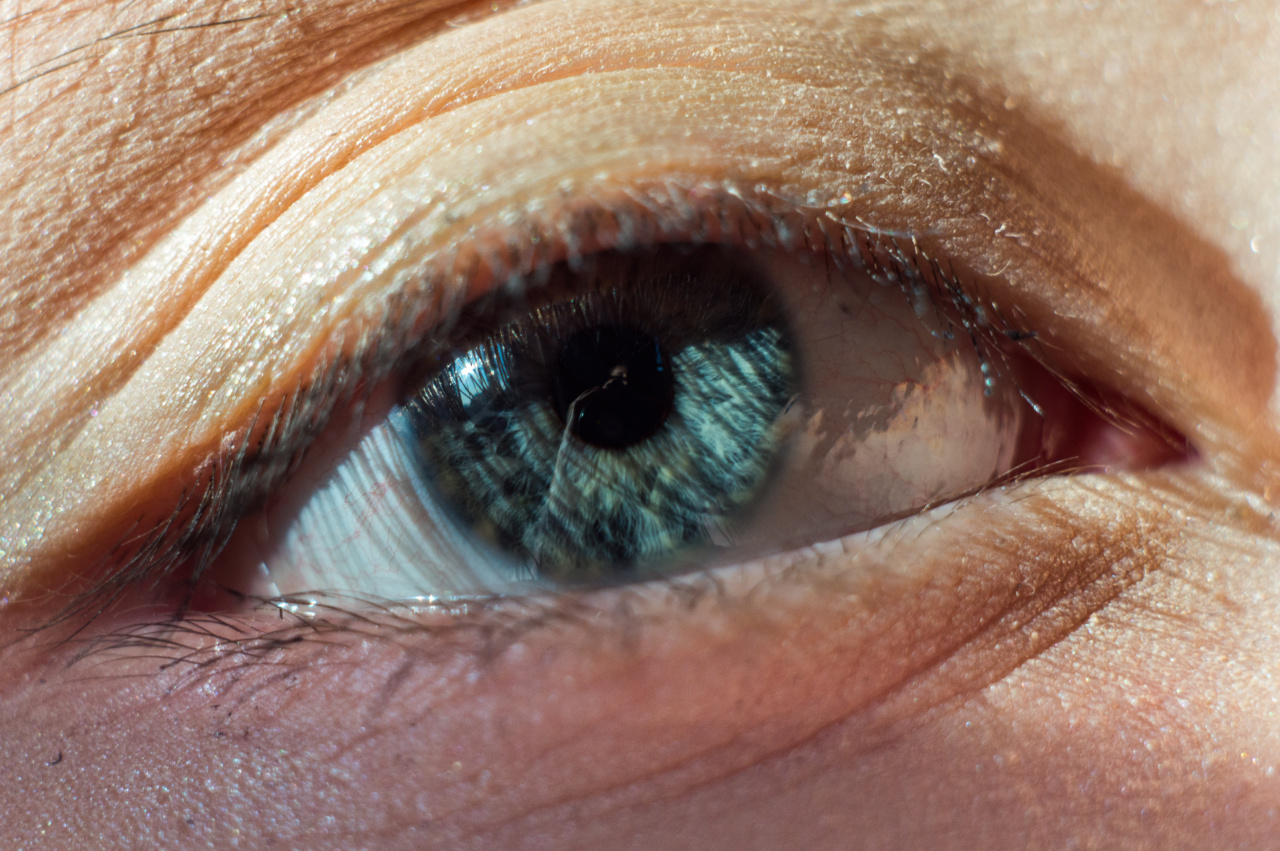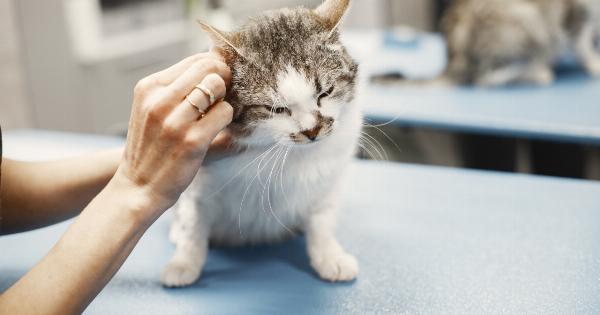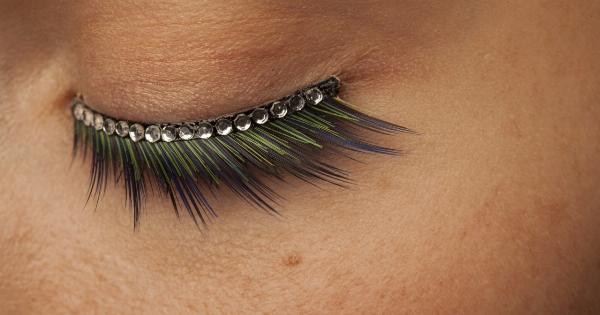Eyelash mites, scientifically known as Demodex folliculorum, are microscopic parasites that inhabit the hair follicles and sebaceous glands of humans and animals.
Despite their name, eyelash mites are not exclusively found on eyelashes but can also reside in other areas of the body, including the face, eyebrows, and nose. These tiny creatures are part of the natural flora on human skin, and while many people are unaware of their presence, they can become problematic under certain conditions.
Physical Characteristics of Eyelash Mites
Eyelash mites are minuscule, typically measuring 0.1 to 0.4 millimeters in length, making them invisible to the naked eye. They have elongated bodies with four pairs of short legs near the head, allowing them to move through the hair follicles and skin.
These mites have claw-like structures at the ends of their legs, which enable them to hold onto the hair shafts and sebaceous glands.
Under a microscope, the translucent bodies of eyelash mites can be seen, showcasing their elongated shape and segmentation. These tiny creatures have eight legs as adults, with males being slightly smaller compared to females.
The average lifespan of an eyelash mite ranges from 18 to 24 days.
Life Cycle of Eyelash Mites
Eyelash mites go through a complete life cycle consisting of several stages:.
Egg Stage
The cycle begins with the eyelash mite eggs, which are laid within the hair follicles or sebaceous glands. A female mite can lay around 10 to 12 eggs in her lifetime. These eggs will hatch within 3 to 4 days.
Larval Stage
Once the eggs hatch, larvae emerge. The larvae are six-legged and actively move around the follicles, consuming the sebum and other substances present on the skin surface. This stage lasts for around 3 to 4 days.
Protonymph Stage
During the protonymph stage, the larvae molt and transform into eight-legged nymphs. This transitional phase lasts for about 1 to 2 days.
Deutonymph Stage
After the protonymph stage, deutonymphs emerge. At this stage, they become sexually mature and can be distinguished as male or female. The deutonymphs will mate, and the female mites will continue to lay eggs, extending the life cycle further.
Burrowing and Feeding Habits
Eyelash mites spend most of their lives burrowed deep inside the hair follicles and sebaceous glands. At night, they emerge onto the skin’s surface to reproduce and feed.
Their primary source of nutrition is the sebum, dead skin cells, and oils produced by our body. While these mites are generally harmless, an excessive number of them can lead to various issues.
Possible Concerns Caused by Eyelash Mites
Most people coexist with eyelash mites without experiencing any negative consequences. However, certain factors can trigger an overpopulation and result in various problems:.
Demodicosis
Demodicosis, also known as demodectic mange, occurs when there is an overabundance of eyelash mites. This condition is often characterized by symptoms such as redness, itching, dryness, and irritation of the affected area.
The skin may appear scaly or flaky, and in severe cases, it can lead to hair loss and inflammation.
Blepharitis
Blepharitis is an inflammation of the eyelids, typically caused by a bacterial infection. However, eyelash mites can contribute to this condition by triggering an immune response and worsening the symptoms.
Common signs of blepharitis include swollen eyelids, redness, itching, and crusty debris around the eyelashes.
Preventing Eyelash Mite Overgrowth
While it’s impossible to completely eliminate eyelash mites, there are certain measures you can take to prevent their overgrowth:.
1. Practice Good Hygiene
Wash your face regularly using a mild cleanser to remove excess oil and sebum, which can attract and support eyelash mite populations. Avoid using harsh soaps or cleansers that can irritate the skin and disrupt its natural balance.
2. Avoid Heavy Makeup
Heavy makeup, especially around the eyes, can clog the hair follicles and create an environment conducive to eyelash mite overgrowth. Opt for lighter, non-comedogenic products that allow your skin to breathe.
3. Wash Bedding and Towels Frequently
Eyelash mites can transfer onto bedding and towels, so it’s important to wash them regularly in hot water to kill any potential mites. This practice also helps maintain overall cleanliness and hygiene.
4. Avoid Sharing Personal Items
Sharing personal items such as pillows, towels, and mascara brushes can contribute to the spread of eyelash mites. Each person should use their own personal items to minimize the risk of infestation.
5. Seek Medical Attention if Necessary
If you experience persistent symptoms such as redness, itching, or irritation around the eyes, it’s important to consult a healthcare professional or dermatologist.
They can assess your condition, diagnose any underlying issues, and recommend suitable treatment options.
Conclusion
While eyelash mites are a natural part of our skin’s ecosystem, an overgrowth of these microscopic parasites can lead to various concerns.
Maintaining good hygiene, practicing proper skincare, and seeking medical attention when necessary can help prevent and manage any issues associated with eyelash mites. By understanding the hidden life of these creatures and taking appropriate precautions, we can coexist harmoniously with these tiny inhabitants of our bodies.































